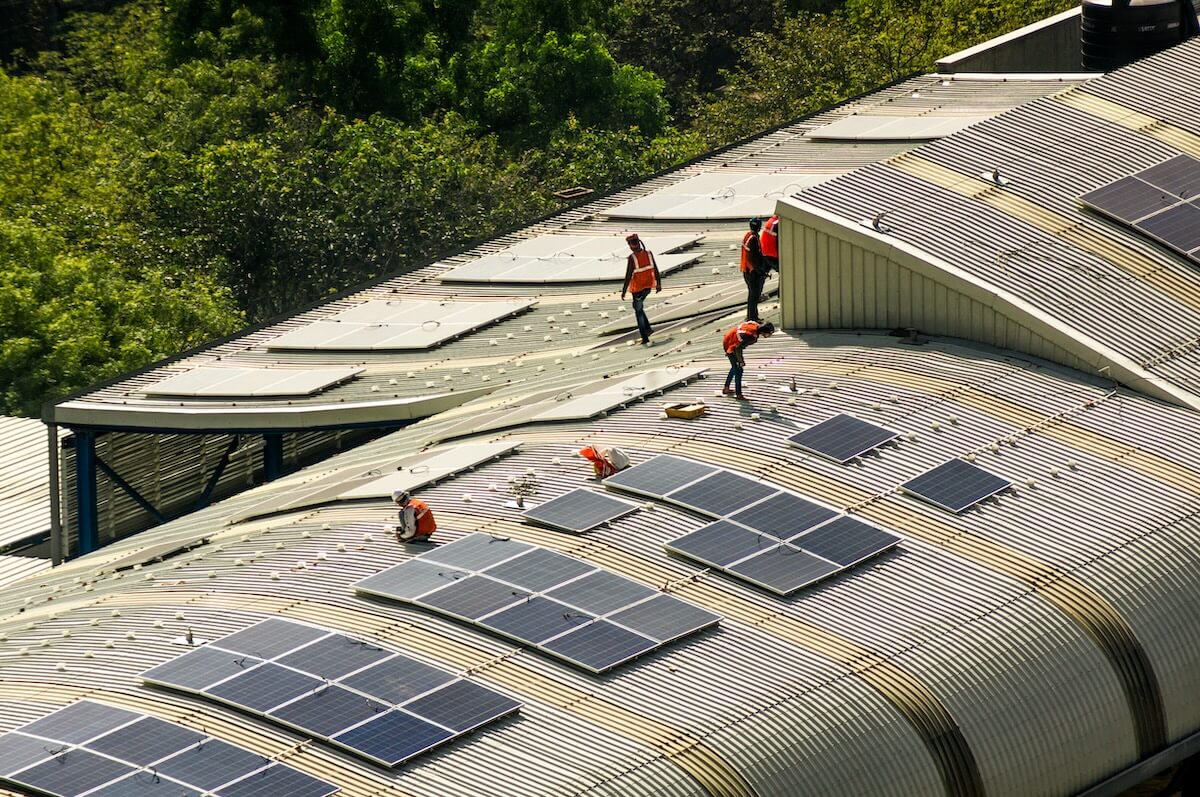2030
Not all renewable energy targets are created equally. More than 160 countries have set renewable energy targets, up from only 43 in 2005. How those targets are structured says a lot about countries’ level of commitment.
Last week, ImpactAlpha highlighted new agreements and incentives from theNigerian government to support its target of 30 percent renewable energy generation by 2030 with financial risk mitigation. Other countries have done little more than announce a renewable energy target.
National plans are scattered between national development plans, National Renewable Energy Action Plans, and plans for specific economic sectors. “In the majority of cases, renewable energy targets are not accompanied by a binding obligation,” report researchers in an International Renewable Energy Agency report.
IRENA argues that legally binding targets are the most secure path for building viable markets and achieving target goals. Fifty-nine countries have taken this approach. “Making targets binding in law helps reassure investors that a local market will continue to exist for their product in the future,” the report notes.
This post originally appeared in ImpactAlpha’s daily newsletter. Get The Brief.
Photo credit: Maltatoday.com.mt










